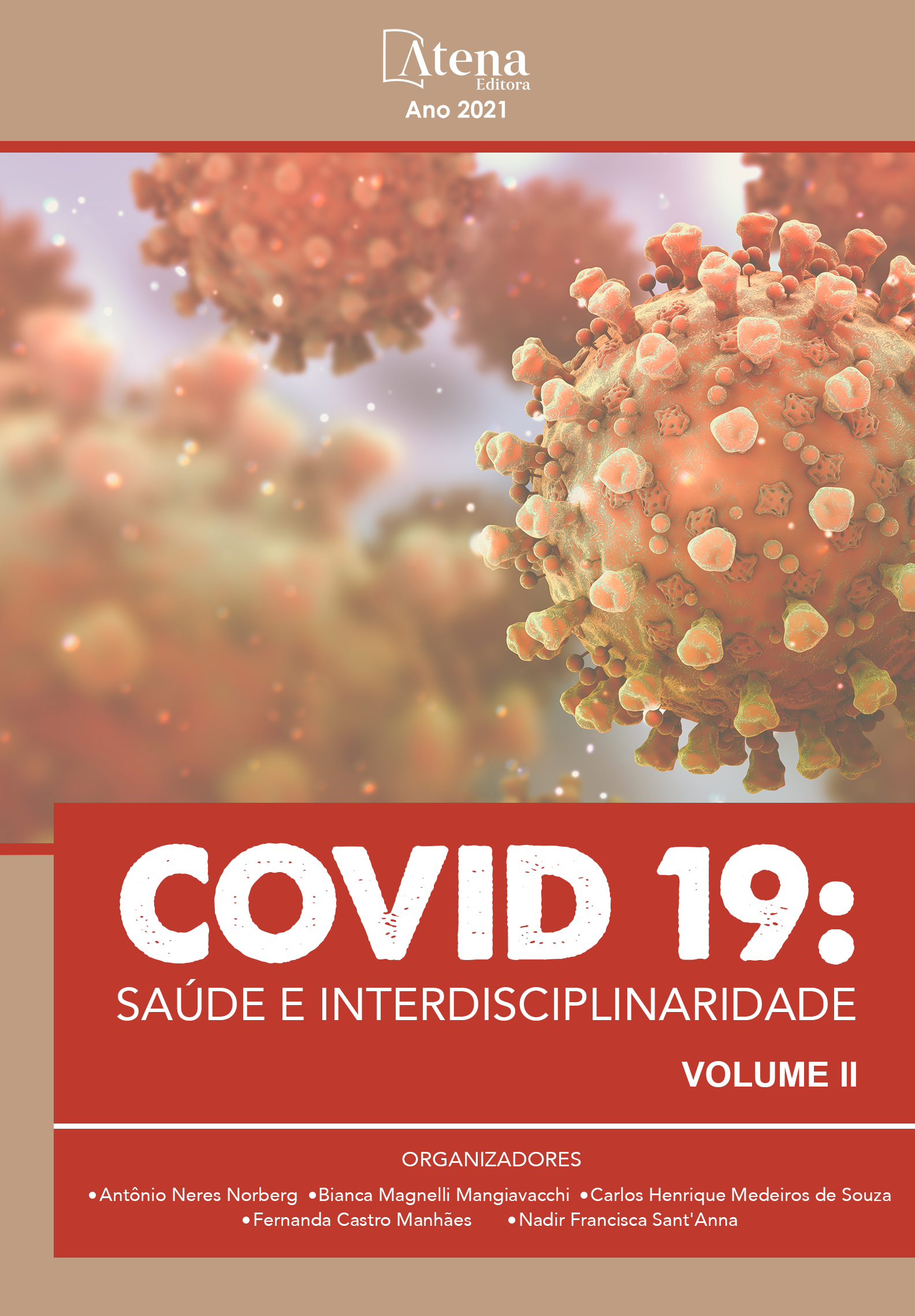
BARREIRA HEMATOENCEFÁLICA, EIXO GASTROINTESTINAL-SNC E INFECÇÃO PELO SARS-COV2
A infecção pandêmica causada pelo vírus Sars-CoV-2, a COVID-19 apresenta uma diversidade significativa de sintomas. Estes sintomas são inicialmente restritos as vias aéreas, uma vez que a contaminação se dá por aerossol contendo o vírus. Contudo, gradativamente estudos controlados, de coortes adequados e com n cada vez ampliados, tem apontado o comprometimento do sistema nervoso central (SNC) em cerca de 50% dos indivíduos internados. Indivíduos que desenvolvem a síndrome respiratória aguda característica da COVID-19 severa, podem apresentar algum envolvimento neurológico leve como dores de cabeça, tontura, confusão mental, ou sintomas mais graves como isquemias vasculares hemorrágicas e não hemorrágicas, episódios de agravamento de demência e de esquizofrenia. Neste capítulo faremos uma revisão dos dados disponíveis na literatura científica internacional, focando nas possíveis rotas de infecção do sistema nervoso central (SNC) pelo Sars-CoV-2, que justifiquem a sintomatologia observada em indivíduos com o que tem sido chamado de neuro-COVID-19. São alguns os mecanismos propostos para a entrada do vírus no SNC. Citaremos aqui i) via fluido cérebro espinhal; ii) via trans sináptica de espalhamento viral e iii) via transporte facilitado ou “cavalo de Troia”, que pode ser subdividido naquele promovido por células leucocitárias sequestradas pelo patógeno, ou ainda por exossomos contendo virions ou seu material genético. Nos ateremos neste capítulo principalmente aos mecanismos que permeiam a ruptura da barreira hematoencefálica (BHE) e a utilização do eixo cérebro-trato gastrointestinal.
BARREIRA HEMATOENCEFÁLICA, EIXO GASTROINTESTINAL-SNC E INFECÇÃO PELO SARS-COV2
-
DOI: 10.22533/at.ed.30721041111
-
Palavras-chave: COVID-19, ACE2, CD147, BHE, cavalo de Tróia, Sars-CoV-2
-
Keywords: The pandemic infection caused by Sars-Cov-2 virus, known as COVID-19 shows a vast plethora of symptoms. Initially restricted to the individual airway system, controlled studies with significative ns have been pointed to central nervous system (CNS) involvement in approximate 50% of the mild and severe manifestations of COVID-19. Symptoms vary from headaches, anosmia, ageusia, mental confusion, encephalitis, hemorrhagic and non-hemorrhagic ischemic processes, dementia and even schizophrenia. This chapter will review data and hypothesis available at the international scientific literature gathered to the moment, aiming routes used by Sars-Cov-2 to reach and infect the CNS, that would validate the symptoms of neuro-COVID-19. Three main mechanisms for Sars-Cov-2 spread to CNS are proposed will be discussed herein: i) via spinal brain fluid; ii) via trans synaptic and iii) via facilitated transport known as “Trojan horse”, that can be performed by infected leukocytes hijacked by the virus to break the blood brain barrier (BBB), or through exosomes carrying virions or viral genome. This chapter will be detailing mainly the mechanisms which involve the rupture of BBB and the brain-gastrointestinal axis.
-
Abstract:
The pandemic infection caused by Sars-Cov-2 virus, known as COVID-19 shows a vast plethora of symptoms. Initially restricted to the individual airway system, controlled studies with significative ns have been pointed to central nervous system (CNS) involvement in approximate 50% of the mild and severe manifestations of COVID-19. Symptoms vary from headaches, anosmia, ageusia, mental confusion, encephalitis, hemorrhagic and non-hemorrhagic ischemic processes, dementia and even schizophrenia. This chapter will review data and hypothesis available at the international scientific literature gathered to the moment, aiming routes used by Sars-Cov-2 to reach and infect the CNS, that would validate the symptoms of neuro-COVID-19. Three main mechanisms for Sars-Cov-2 spread to CNS are proposed will be discussed herein: i) via spinal brain fluid; ii) via trans synaptic and iii) via facilitated transport known as “Trojan horse”, that can be performed by infected leukocytes hijacked by the virus to break the blood brain barrier (BBB), or through exosomes carrying virions or viral genome. This chapter will be detailing mainly the mechanisms which involve the rupture of BBB and the brain-gastrointestinal axis.
-
Número de páginas: 17
- ANDREA CRISTINA VETO ARNHOLDT


